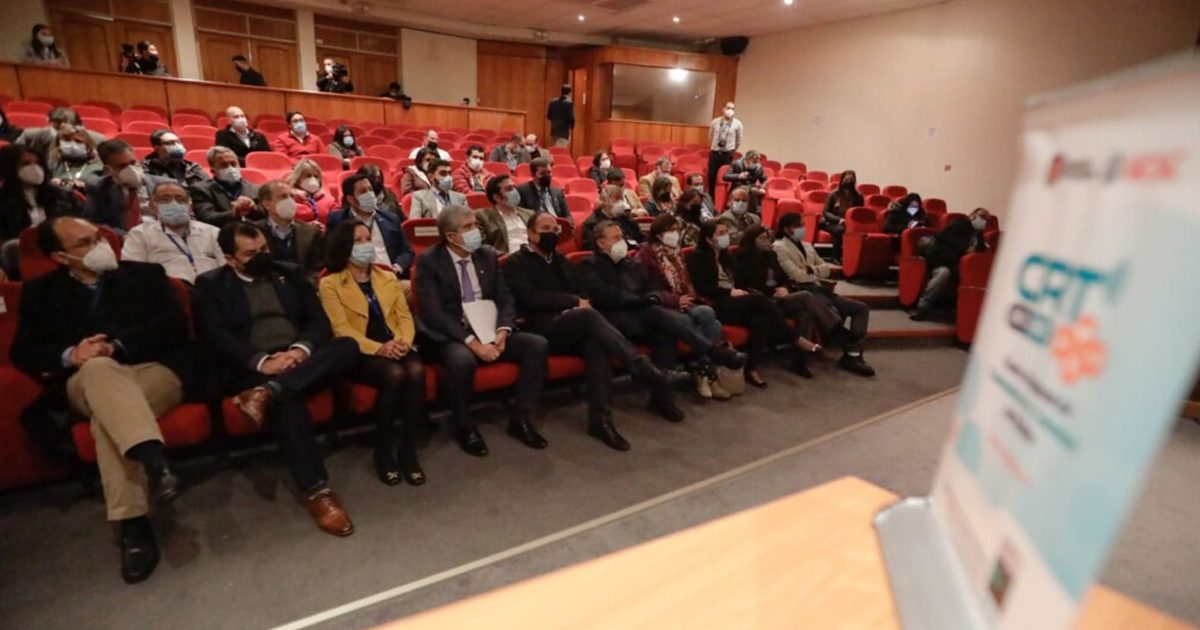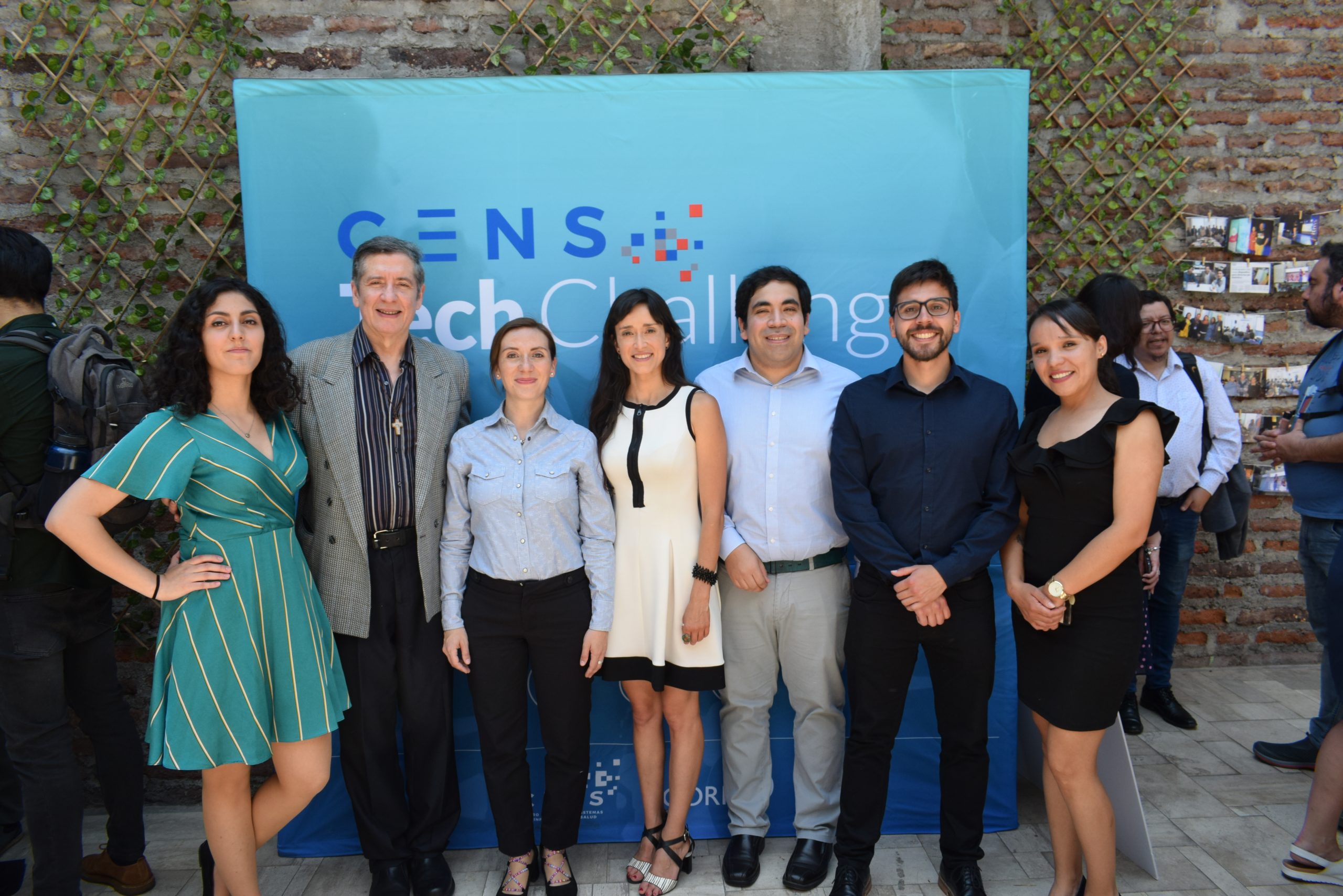The Inter-American Development Bank published an analysis on the adoption of telemedicine during the pandemic, both in users and in health service providers.
The pandemic has boosted the use of telemedicine throughout the world and Latin America has not been the exception. However, there are important challenges so that telemedicine is not only used as an emergency tool.
Before the pandemic, in 2019, in countries like Chile, 65% of their hospitals used telemedicine, however, in hospitals in Argentina, Mexico, Costa Rica or Colombia, telemedicine was used in less than 30%.
Other barriers that have limited the scope of telehealth and telemedicine are the lack of regulation and the low investment in communications infrastructure.

In 2020, the health emergency situation, as IDB experts explain, highlighted the virtues of telemedicine. This also made Latin American countries legislate in favor of the use of this care modality, as in Peru, or Argentina, or even in Brazil, although it was a special emergency resolution.
In Argentina, for example, during the pandemic, Congress approved the use of electronic prescriptions and created TeleCovid, a public telemedicine service for remote care of COVID-19 cases.
IDB specialists explain that not only did the number of telemedicine users increase, but also the characteristics, such as the average age. In Argentina, the average age of telemedicine users in 2019 was 30 years old, and by 2020 users over 65 years old increased.
“Telemedicine, during the pandemic, has made it easier to diagnose patients, helping direct them to the most appropriate health care provider, isolating those who might be infected by the virus, and increasing the capacity of the health system. If the increase in demand for telemedicine services persists, as we hope and wish it will, it could emerge in the long term as a crucial tool for public health management that increases the accessibility of medical care and significantly reduces the time and travel costs to obtain it”, conclude the authors.






